15+ Celebrity Children Who Look So Identical to Their Parents That We Thought We’re Seeing Double

Ear infections are common among kids, but they also impact about 20% of grown-ups. This is normal because adults can be affected by bacteria and viruses, similar to children. People with weak immune systems and ear inflammation need to be more cautious. In conclusion, ear infections are unpleasant, and it’s crucial to identify them promptly for swift treatment.
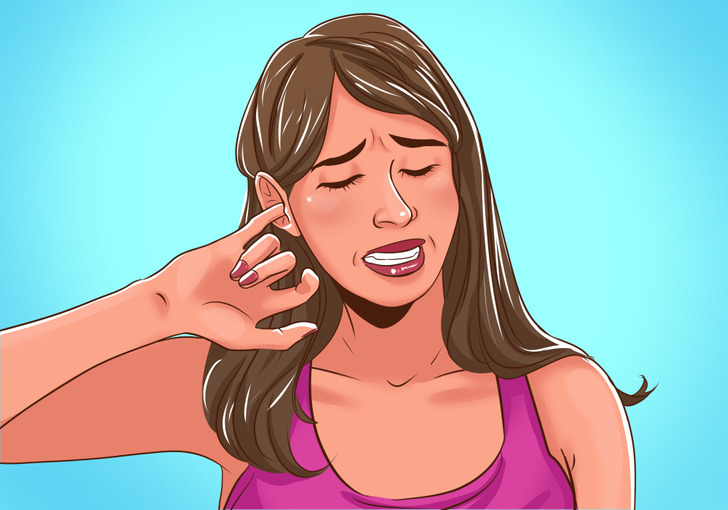
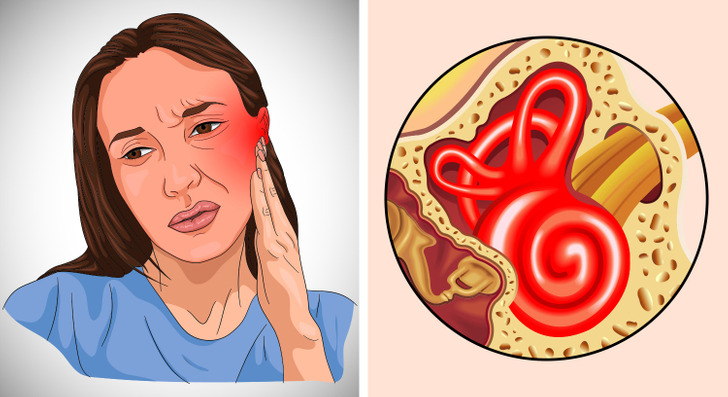
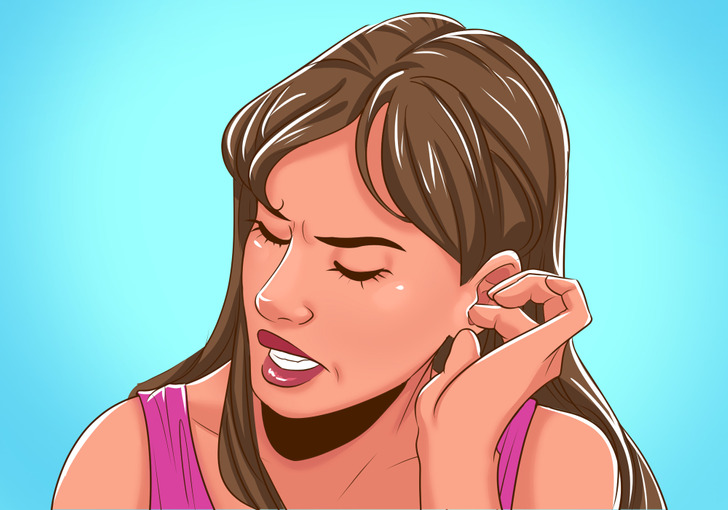
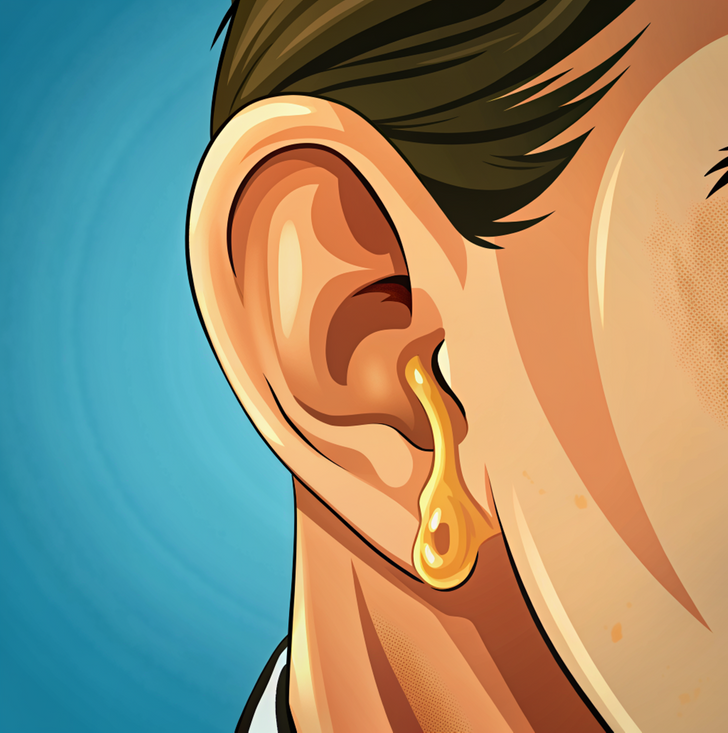

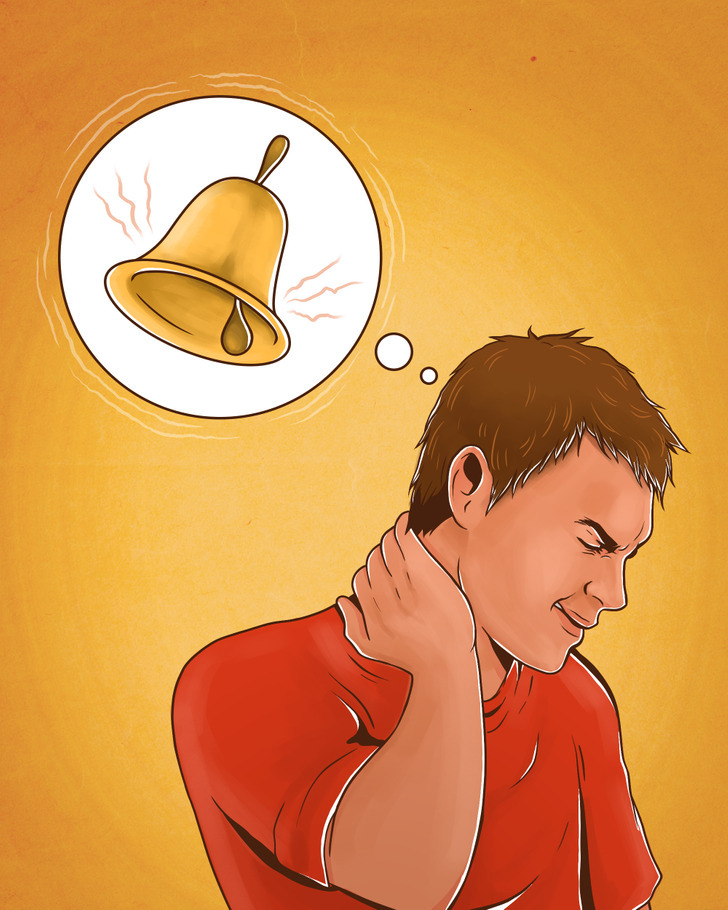
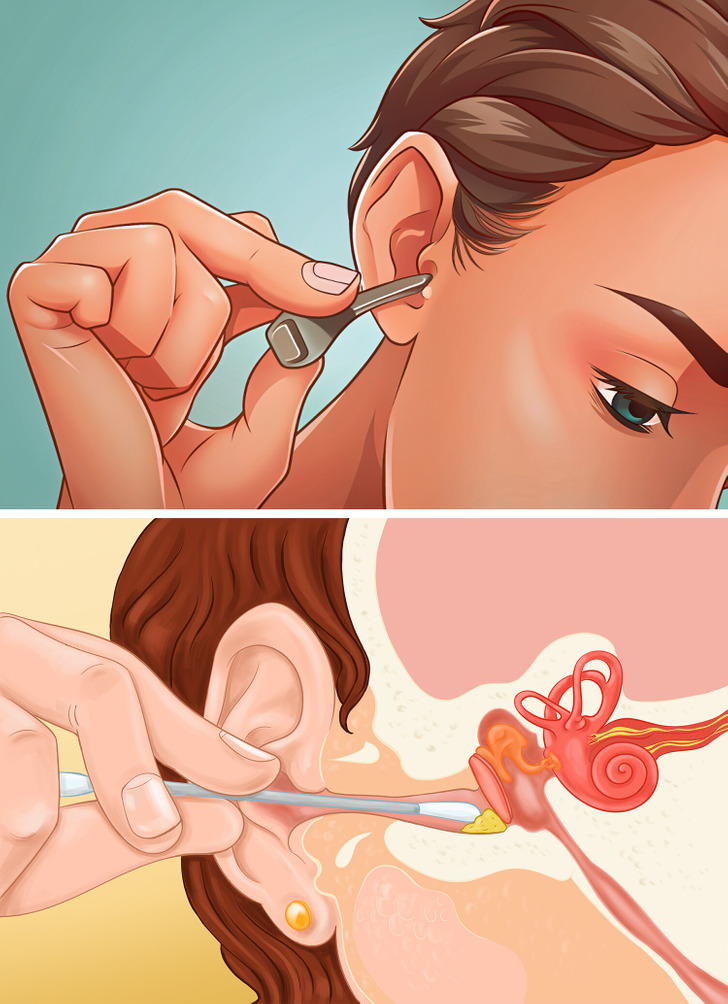
Cotton swabs might seem like a way to clean your ears, but they can actually push earwax deeper. If using them causes discomfort, it’s best to stop. Avoid using foreign objects such as keys, hairpins, or paper clips to scratch your ears, as they can also push earwax deeper, irritate the skin, and potentially cause harm.
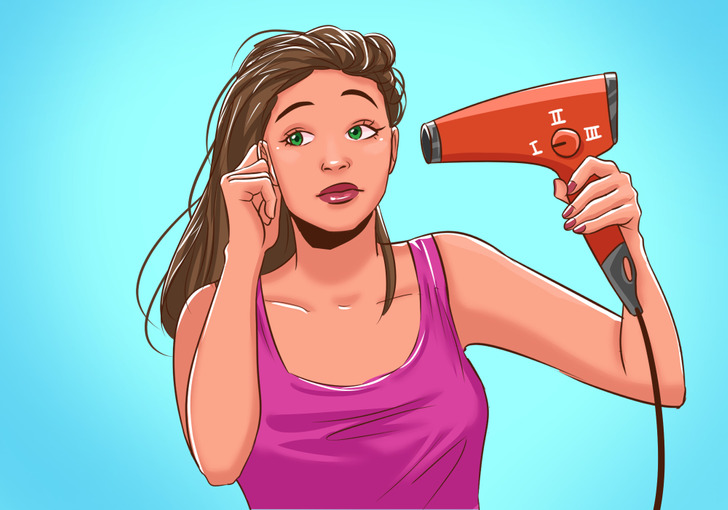
After leaving the water, ensure thorough drying of your ears by tilting your head and using a towel. Tilt your head and pull the earlobe in different directions to help water escape safely. If you still sense water in your ear after returning home, use a blow-dryer on low speed and low heat to dry them.
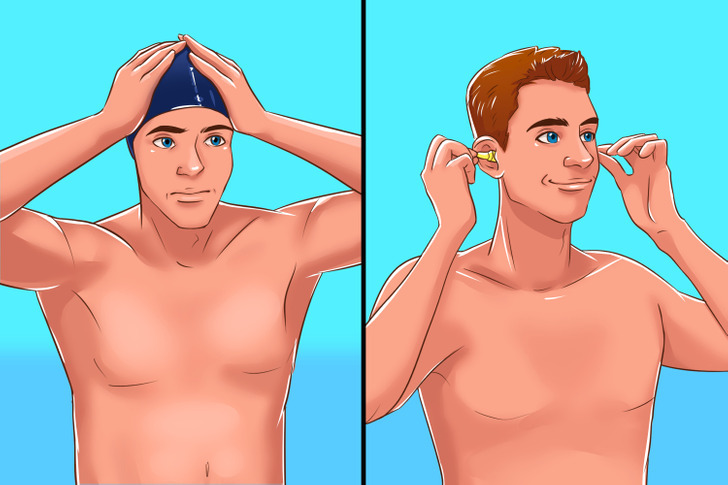
For those more prone to ear infections, consider wearing a swimming cap to block water entry. Additionally, using earplugs, if comfortable, can be helpful. Consult your doctor or physician for additional precautions tailored to your situation.
As you become more attuned to your body’s signals and learn to recognize the signs of an ear infection, it’s equally important to extend that awareness to other aspects of your health. Your nails, for instance, can reveal a lot about your overall well-being. Stay tuned for our next article, where we unravel the secrets of maintaining healthy, strong nails with 12 expert tips and share fascinating facts that will transform the way you care for them.











